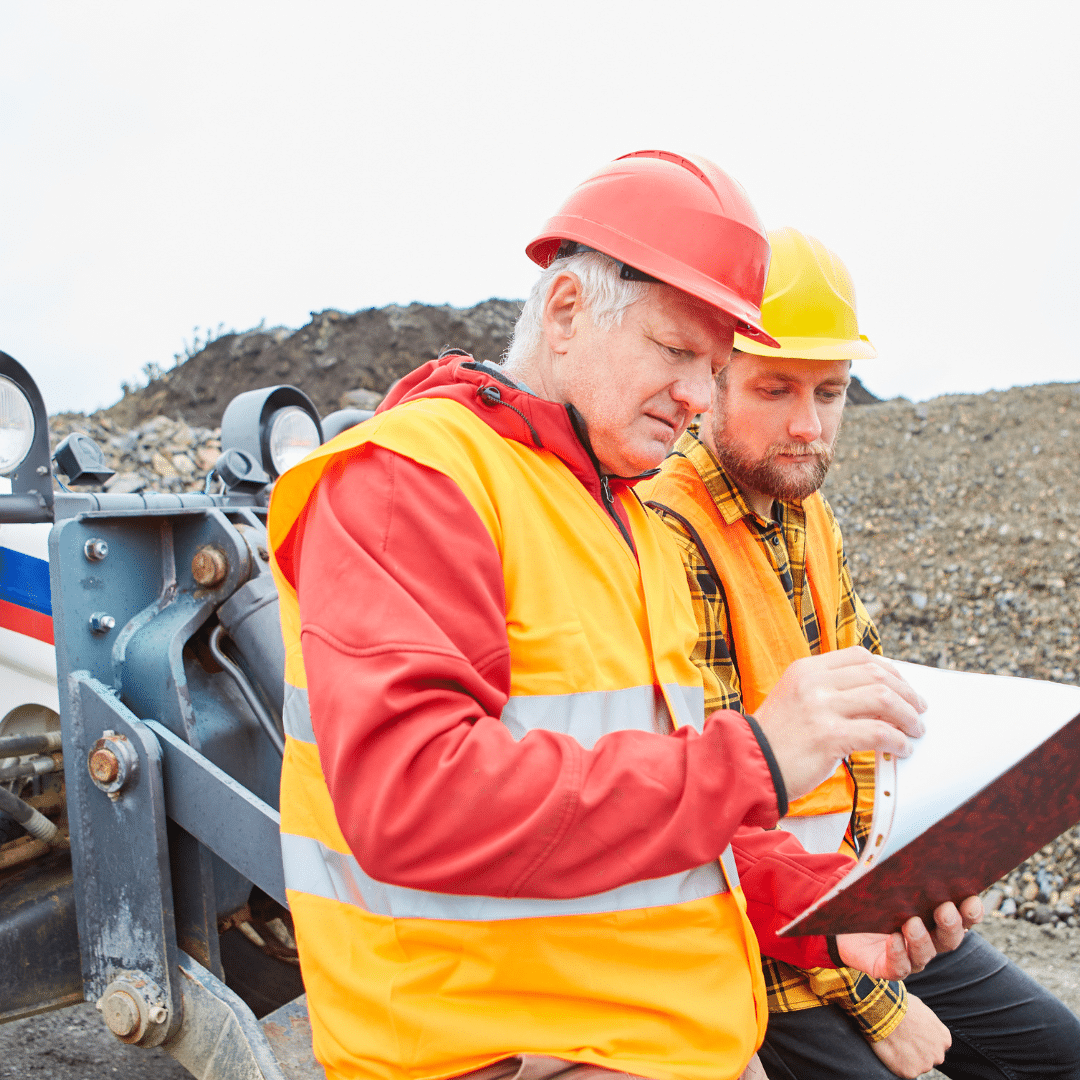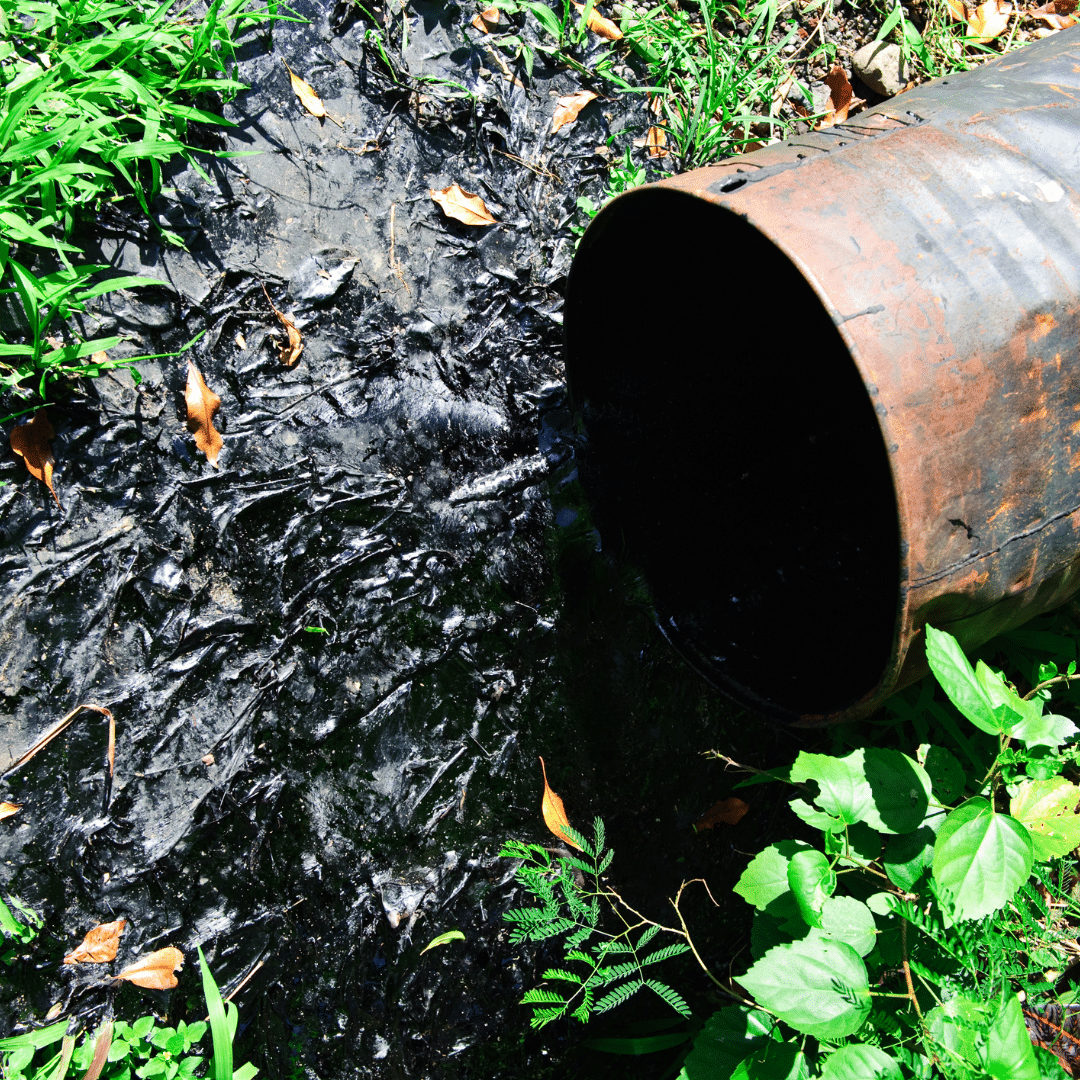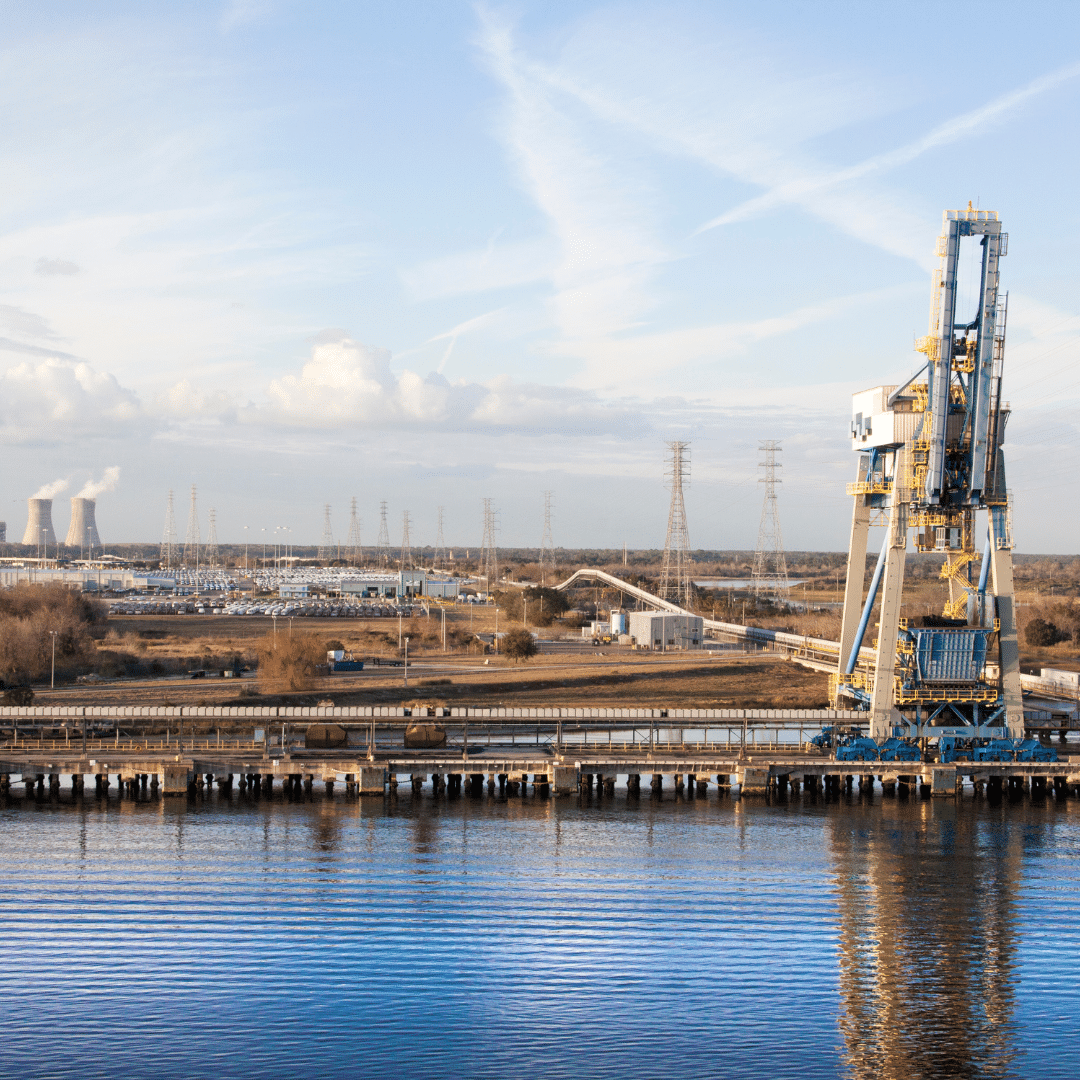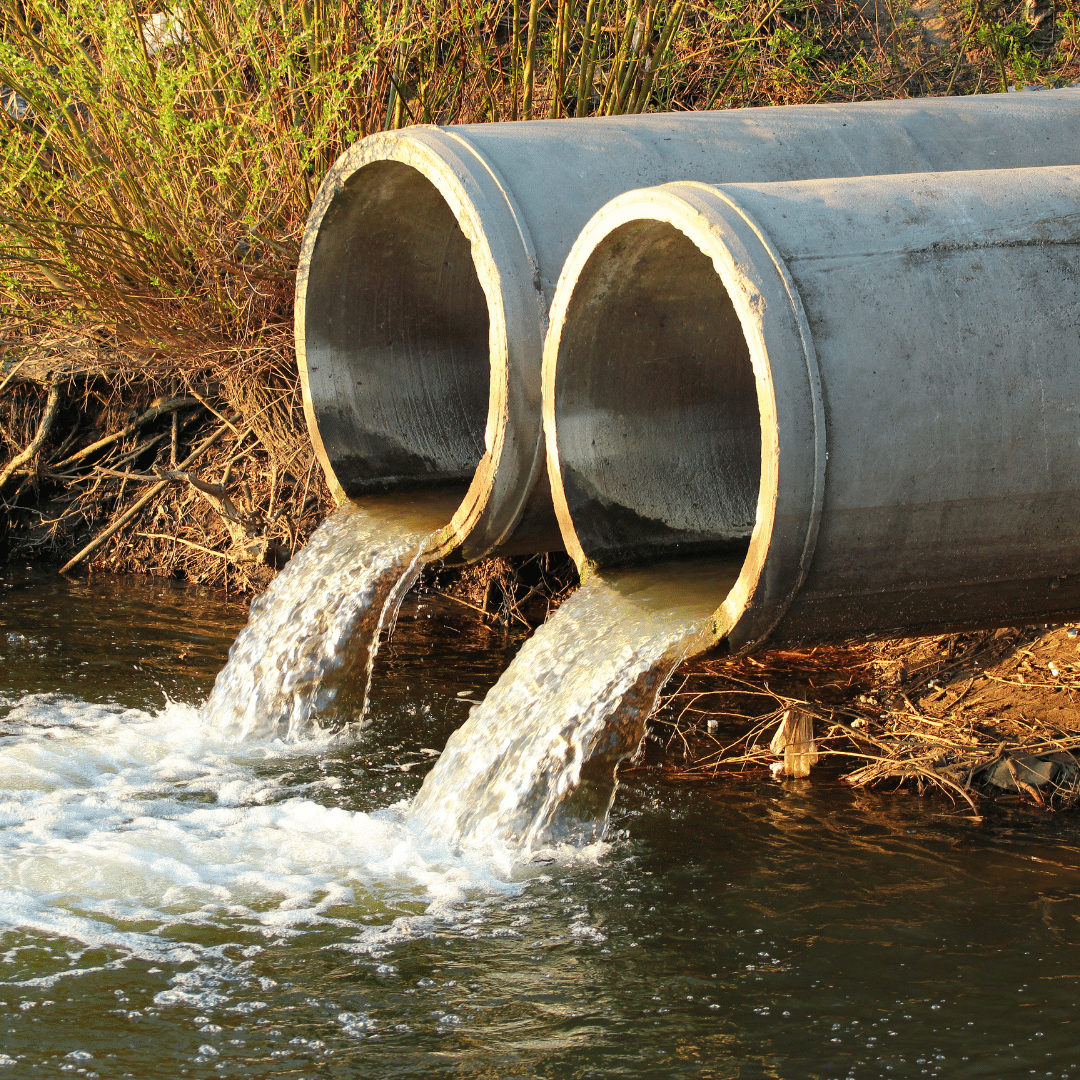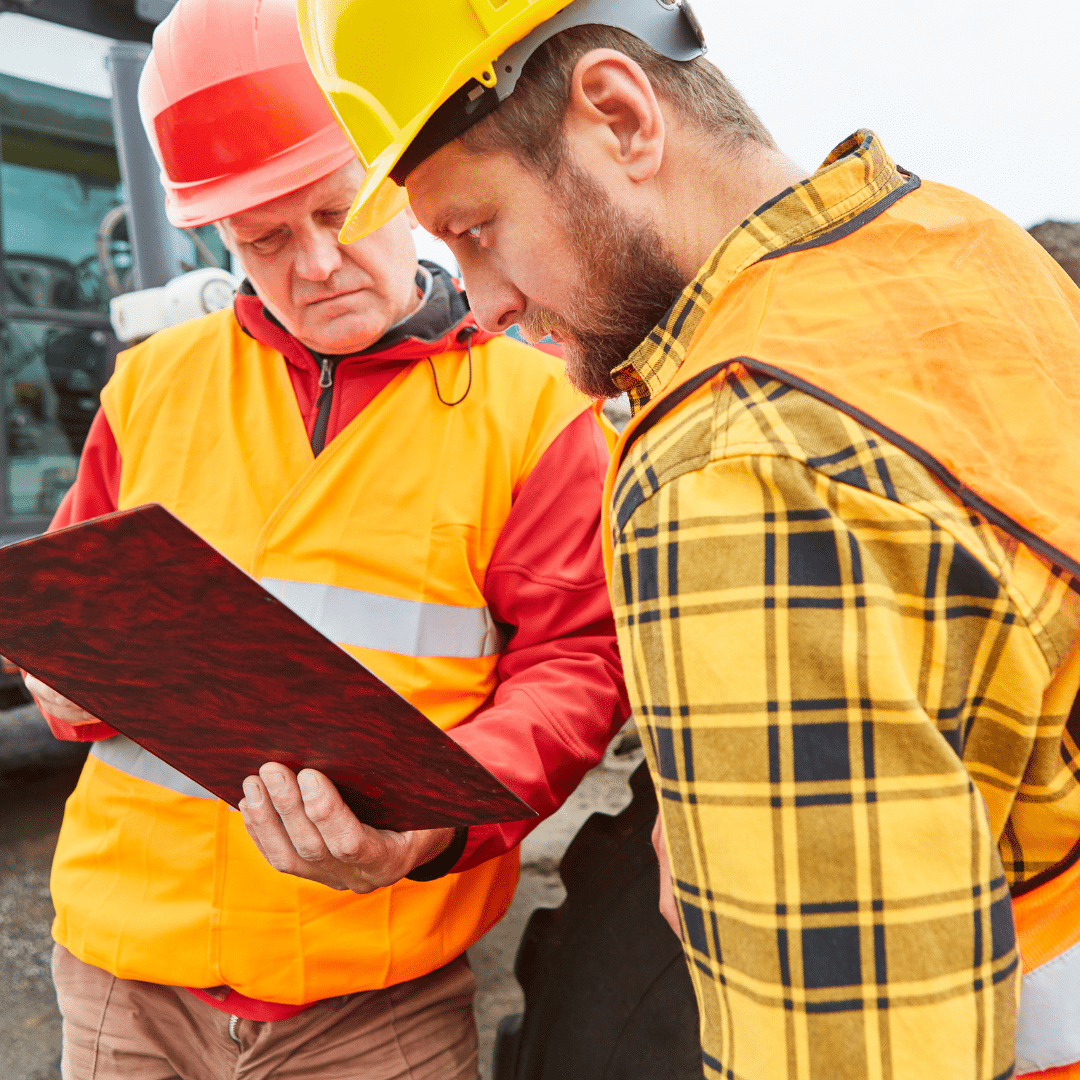Interested in learning more about “air sparging” and how well it works? Not sure what it involves? Our Orlando environmental remediation team is here to help. We’ll explain the concept and explore its effectiveness in addressing environmental concerns.
Businesses and individuals hire environmental remediation companies because land has suspected or known contamination. If a Phase I ESA determines that contamination may be present, Creative Environmental Solutions (CES) can handle your Phase II ESA and any remediation that you may need to complete your real estate transaction or development.
One technique our Orlando environmental remediation team uses is air sparging. If you’re unfamiliar with this term or this method of contaminant extraction, you’ve come to the right place. Now, let’s dig deep, so to speak, on air sparging in environmental remediation.
What Is Air Sparging?
Air sparging is an environmental remediation technique used to clean contaminated soil and groundwater. It works by pushing air underground to help bring up volatile organic compounds (VOCs) and other pollutants.
As air bubbles rise through the subsurface, they strip the contaminants from the soil and carry them upward, where they can be collected and treated. This process helps to reduce the concentration of harmful pollutants, improving the overall quality of the soil and groundwater.
How Is Air Sparging Different From Groundwater Remediation?
Air sparging is a type of groundwater remediation, but the process is much simpler and potentially less expensive. Some common groundwater remediation techniques include:
- Pumping Systems: Using pumps to remove polluted water from underground, then cleaning it above ground before putting it back in the ground or releasing it safely.
- Interceptor Systems: Installing barriers underground to catch and remove pollutants before they spread further.
- In Situ Treatments: Treating pollution directly where it’s found in the ground, using chemicals or other methods to break down or remove contaminants.
- Biodegradation: Letting natural bacteria or other organisms break down pollutants in the ground over time, like composting waste in soil.
- Groundwater Barrier Systems: Creating walls underground to stop polluted water from moving, like building a dam to block a river.
Many groundwater remediation techniques require the installation of an above-ground system. Air sparging, on the other hand, uses readily available equipment, making it easy to set up and use, causing minimal disruption to the site.
What’s The Air Sparging Process?
The air sparging process is a little more complicated than simply pumping air into the ground, but not very. It involves the following steps:
- Air or oxygen is injected into the groundwater below the surface.
- As the air bubbles rise through the water, they strip away volatile contaminants from the soil and groundwater.
- Contaminants are then carried upwards by the rising air bubbles.
- Collected contaminants are treated above ground.
- Increased oxygen concentration promotes the growth of aerobic bacteria, aiding in further contaminant breakdown.
Overall, air sparging reduces levels of harmful substances in groundwater, enhancing environmental and human health safety. Air sparging is often used in conjunction with other remediation techniques, such as soil vapor extraction and groundwater pumping, to create a comprehensive cleanup strategy for contaminated sites.
How Effective Is Air Sparging?
To assess the effectiveness of the air sparging technique, several factors need consideration: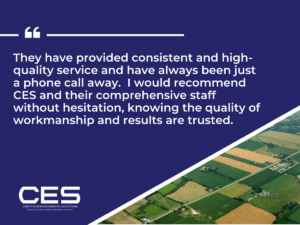
- Permeability of the site: Air sparging proves effective in permeable areas over contaminated sites. However, it’s crucial to verify ground permeability beforehand.
- Risk of contamination spread: In areas lacking permeability, air sparging may inadvertently spread contamination instead of mitigating it. This risk arises because the air bubbles won’t circulate back into the sparger system but disperse across the site.
- Expert evaluation: CES specializes in evaluating diverse contaminated sites to determine the suitability of air sparging as a remediation method. Our Orlando environmental remediation team also addresses related concerns, such as ensuring uniform permeation throughout the site.
- Depth of contamination: For air sparging to succeed, contamination must extend at least three feet deep. Shallower contamination could lead to uneven results or the unintended spread of pollutants.
Why Choose CES For Air Sparging Remediation?
The success of air sparging relies on critical factors such as site permeability, contamination depth, and expert evaluation. Our Orlando environmental remediation team has the knowledge and experience to evaluate each project meticulously, determining the best approach for optimal results.
With over 150 years of combined experience, CES is your trusted partner in environmental remediation. Contact us today for more information.

